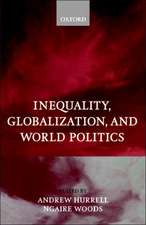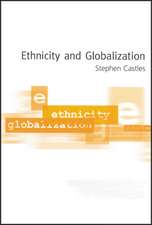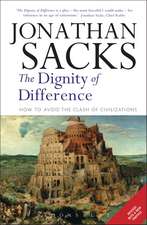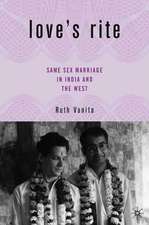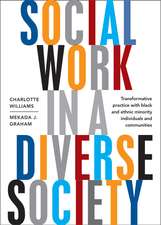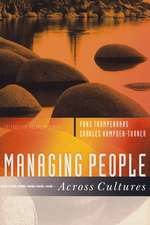Remaking Chinese America: Immigration, Family, and Community, 1940-1965
Autor Xiaojian Zhaoen Limba Engleză Paperback – noi 2001
In Remaking Chinese America, Xiaojian Zhao explores the myriad forces that changed and unified Chinese Americans during a key period in American history. Prior to 1940, this immigrant community was predominantly male, but between 1940 and 1965 it was transformed into a family-centered American ethnic community. Zhao pays special attention to forces both inside and outside of the country in order to explain these changing demographics. She scrutinizes the repealed exclusion laws and the immigration laws enacted after 1940. Careful attention is also paid to evolving gender roles, since women constituted the majority of newcomers, significantly changing the sex ratio of the Chinese American population.
As members of a minority sharing a common cultural heritage as well as pressures from the larger society, Chinese Americans networked and struggled to gain equal rights during the cold war period. In defining the political circumstances that brought the Chinese together as a cohesive political body, Zhao also delves into the complexities they faced when questioning their personal national allegiances. Remaking Chinese America uses a wealth of primary sources, including oral histories, newspapers, genealogical documents, and immigration files to illuminate what it was like to be Chinese living in the United States during a period that—until now—has been little studied.
As members of a minority sharing a common cultural heritage as well as pressures from the larger society, Chinese Americans networked and struggled to gain equal rights during the cold war period. In defining the political circumstances that brought the Chinese together as a cohesive political body, Zhao also delves into the complexities they faced when questioning their personal national allegiances. Remaking Chinese America uses a wealth of primary sources, including oral histories, newspapers, genealogical documents, and immigration files to illuminate what it was like to be Chinese living in the United States during a period that—until now—has been little studied.
Preț: 309.24 lei
Nou
Puncte Express: 464
Preț estimativ în valută:
59.18€ • 61.32$ • 49.39£
59.18€ • 61.32$ • 49.39£
Carte tipărită la comandă
Livrare economică 22 martie-05 aprilie
Preluare comenzi: 021 569.72.76
Specificații
ISBN-13: 9780813530116
ISBN-10: 0813530113
Pagini: 256
Ilustrații: 15
Dimensiuni: 152 x 229 x 20 mm
Greutate: 0.4 kg
Ediția:None
Editura: Rutgers University Press
Colecția Rutgers University Press
ISBN-10: 0813530113
Pagini: 256
Ilustrații: 15
Dimensiuni: 152 x 229 x 20 mm
Greutate: 0.4 kg
Ediția:None
Editura: Rutgers University Press
Colecția Rutgers University Press
Notă biografică
XIAOJIAN ZHAO is an associate professor of Asian American studies at the University of California, Santa Barbara.
Cuprins
List of Illustrations
List of Figures and Tables
Acknowledgments
Note on Romanization and Pseudonyms
Introduction
1. The Struggle for Family Unification during the Exclusion
2. Gender and Immigration
3. Women and World War II: The Making of a New Generation
4. The Family Reunited: The Coming of the War Brides
5. Community Institutions and the Press in Transition
6. The Quest for Family Stability
7. In Times of Crisis: The Cold War Era
Epilogue
Notes
Glossary
Selected Bibliography
Index
List of Figures and Tables
Acknowledgments
Note on Romanization and Pseudonyms
Introduction
1. The Struggle for Family Unification during the Exclusion
2. Gender and Immigration
3. Women and World War II: The Making of a New Generation
4. The Family Reunited: The Coming of the War Brides
5. Community Institutions and the Press in Transition
6. The Quest for Family Stability
7. In Times of Crisis: The Cold War Era
Epilogue
Notes
Glossary
Selected Bibliography
Index
Descriere
In Remaking Chinese America, Xiaojian Zhao explores the myriad forces that changed and unified Chinese Americans during a key period in American history. Prior to 1940, this immigrant community was predominantly male, but between 1940 and 1965 it was transformed into a family-centered American ethnic community. Zhao pays special attention to forces both inside and outside of the country in order to explain these changing demographics. She scrutinizes the repealed exclusion laws and the immigration laws enacted after 1940. Careful attention is also paid to evolving gender roles, since women constituted the majority of newcomers, significantly changing the sex ratio of the Chinese American population.




